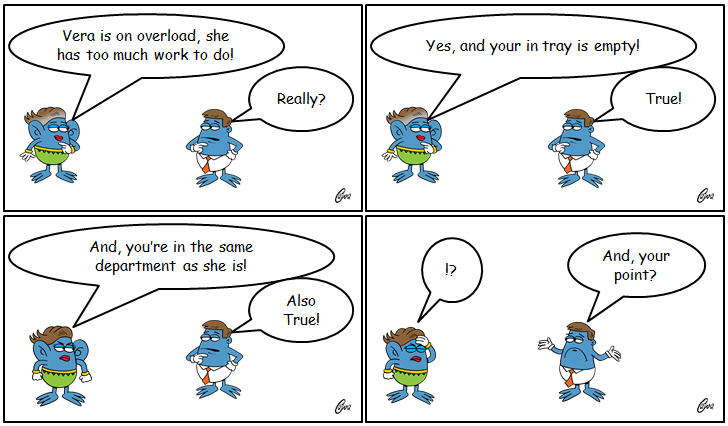
Gaining Acceptance
When people meet for the first time, there is always an initial wariness. It takes time for people to get to know each other and, because of this, all new hires go through a process of acceptance which takes time and which can have a lasting impact of their chances for success. Whenever people work together in teams, there is also always the possibility that an inner “clique” will exist. This can further complicate the acceptance of new hires.
Cliques
Cliques are to be found throughout most organizations where they can be organization-wide or team-based.
Organization-Wide Cliques
These types of cliques can be functional-based where, for example, employees with a certain type of background (e.g. engineering, finance, or sales) can either form a clique or be ostracized by other employees within the organization. Organization-wide cliques can also be based on race, religion, length of service and indeed any other identifying factor. When such cliques develop, they can impact:
(1) Strategic Command and Control
(2) Competitiveness
(3) Innovation
(4) Quality
(5) Bottom-line results
Team-Based Cliques
A similar situation can arise within teams and can fundamentally impact:
(1) Ongoing teambuilding efforts
(2) Delegation of authority and responsibility
(3) Accountability
(4) Target setting
Where a clique exists, the failure of a new hire to become part of it can destine the individual to the life of an outsider. When this happens, the individual will be more prone to blame when things go wrong and less likely to share the credit when things go right. Additionally, team supervisors can also sometimes end up being either in or out of the clique and this also can have a fundamental impact on their capacity to manage the team.
In extreme situations, those who are outside the clique can be completely ostracized by members of the clique who can then sometimes end up effectively in control. Sometimes the existence of a clique can be put to good use. For example, where senior management gains the support of an organization-wide clique, it can help the implementation of strategic decisions. It should however always be remembered that, for the most part, cliques are basically disruptive and have to be managed with great care.
New Hires
Regardless of whether or not a team-based clique is in existence, every new team member needs special support as they go through the pre-acceptance period. During this time, pre-existing team members will make a determination as to whether or not they are basically positive or negative towards the new hire. Additionally, where a clique is in existence, members of the clique will also come to a group decision whether or not to “invite” the new member into their clique.
Based on the analysis of data generated through the deployment of the Talent Chaser Performance Appraisal and Task Action Planning Module, it has become clear that the success or failure of each new hire depends not only on their own efforts but also on whether or not they are able to elicit the support of other team members when necessary. Supervisors can help new hires develop their relationship with other team members in a number of ways:
(1) Getting the new hire to work with other employees
(2) Making the new hire and another employee jointly responsible for meeting a target
(3) Appointing the new hire to committees and advisory groups, particularly those where they will come into contact with other employees who can be helpful to them
Where a clique is in existence however, matters become more complex. On the one hand, we know from analyzing the Talent Chaser data that new hires who become part of the clique are much more likely to avoid the new-hire dead zone and go on to become long-serving employees. It is also clear however, that where a new hire fails to become part of the clique, it frequently negatively impacts both their performance ratings and their chances for becoming a long-serving employee.
Collaboration
It is clear that new hires thrive much better in collaborative teams. It is also clear that the existence of cliques can disrupt this collaborative process. Additionally, because the process of acceptance is so opaque, supervisors are often at a loss to know how to help a new hire navigate their way to success.
It turns out that holding employees fully accountable can play a significant role in helping new hires be inducted successfully whether or not a clique is in existence. The Talent Chaser data reveals that there is a direct link between holding people accountable and forcing collaboration. When people work together in teams, there is always inter-dependency. It is simply impossible to be successful working within an organization without having the support of other employees.
This is true whether the team is uni-disciplinary or multi-disciplinary. Ultimately, the success of any organization depends on the capacity of its managers to get their direct reports to do the work necessary for meeting the strategic objectives of that organization. This, in turn, depends on the strength of the command and control structures within the organization. It turns out that there is no better way to enforce a command and control structure than by regularly measuring performance and holding all employees fully accountable. Doing this, will not only improve the effectiveness of new hire induction processes but will also significantly improve employee retention and productivity. Additionally, we now have clear evidence that holding employees fully accountable will break down unwanted cliques.
You must be logged in to post a comment.